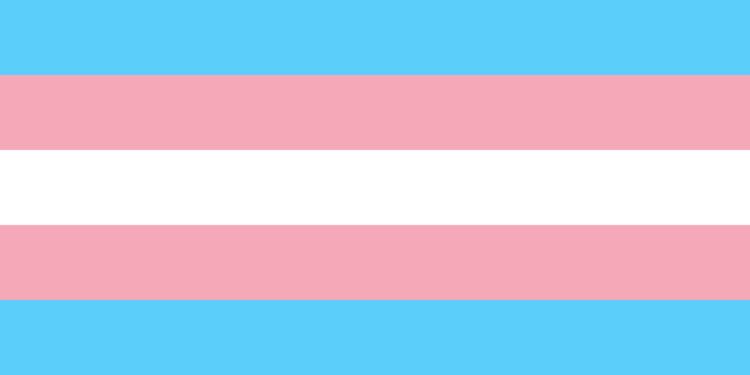 | ||
Trigenderism is a non-binary gender identity in which one shifts between or among the behaviors of three genders, which could include male, female, and third gender (or genderless, non-gender, polygender, or any other variety of genderqueer identities). Someone who is also gender fluid may mix two or more genders at a time. Trigender falls under the general category of genderqueer or androgyny, a gender identity that goes beyond the normal binary gender system (male and female) and tends to be a catch-all place for other gender identities. It can also be seen as the equivalent cultures that recognize individuals to define their own sense of self.
Contents
In her autobiography, Claude Cahun wrote "Shuffle the cards. Masculine? Feminine? It depends on the situation. Neuter is the only gender that always suits me."
Gender shifts
A trigender person may shift from one gender to another depending on the individual's mood or situation.
Trigenderism does not equate to dissociative identity disorder, which is a mental illness where multiple personalities do not share memories. In most Western or European societies, straying outside the gender dichotomy is socially unacceptable. Western culture and Carolus Linnaeus' work, which encouraged a categorization of life, has led to marginalization of those outside of the heteronormative realm.
Gender is somewhat difficult to measure, leading to the common belief that sex and gender are the same. Research by Diamond, Milton and Dick Swaab, shows that patterns in gender behavior, thoughts, and feelings can be identified in the brain. Trigender individuals, much like bigender individuals, often feel the need to "present" themselves as the gender they feel like at the given time. Some days, they may present themselves as members of their birth-assigned sex by wearing clothing associated with that gender, and on others will attempt to pass as a cisgender member of the opposite sex, either to reduce gender dysphoria or simply to be perceived socially as the opposite sex. Sometimes, they will express themselves androgynously to avoid having to deal with complications of living as more than one gender. Some gender bend by consistently expressing more than one gender at a time. Bigender and trigender people must undergo the process of learning to live as female and male culturally if they choose to express other genders. The May 2010 issue of Scientific American Mind focused entirely on the social and biological constructs of gender expression and included a small, four-page article on how studying transsexuals can bring greater insight into this field of study. The learning process of male and female cultural roles includes learning how to walk, talk, interact verbally and non-verbally, think, and behave.
Trigenderism is considered rare; presently, there is no cohesive community in which trigender individuals can share information, nor has there been a perceived need to study or address specific issues associated with trigenderism. For the most part, trigender people find their accommodations and needs the same as bigender people. As transgender children have started to get more media attention in the 1990s and 2000s, studies have tried to further understand transgender issues. Some university LGBTQ groups and alliances are increasingly finding their communities more gender fluid as well and less oriented towards traditional labels such as "gay", "bisexual", and "straight". The American Psychological Association and the University of California, San Franscisco both recognize bigender as a subset of the transgender community. In the UK, "polygender" is a common term found on transgender websites, forums, and support groups, as well as at the Scottish Transgender Alliance.
Sexual orientation
Regardless of current gender, trigender people's sexual orientation stays the same, as sexual orientation and gender are associated with independent neural mechanisms.
